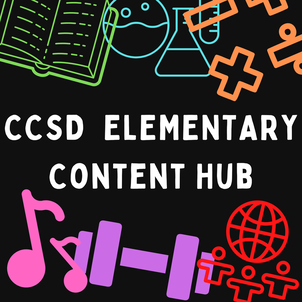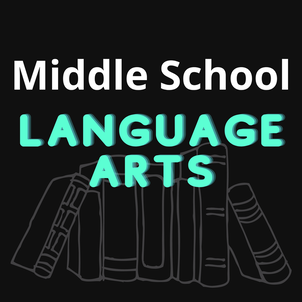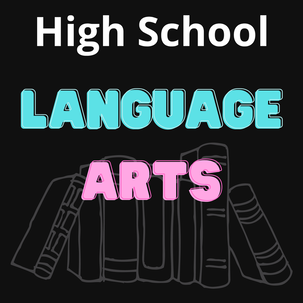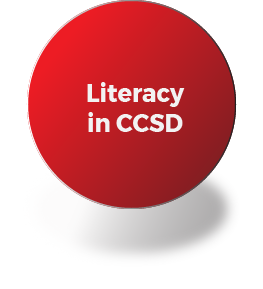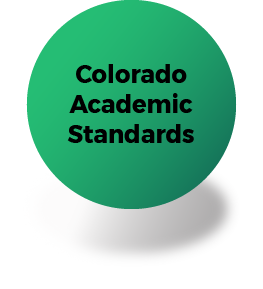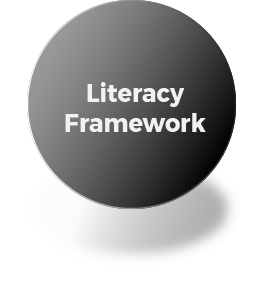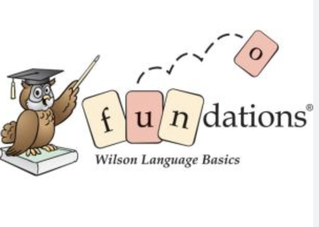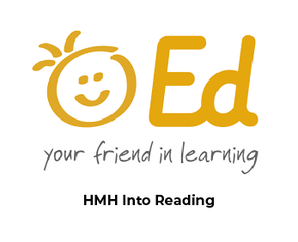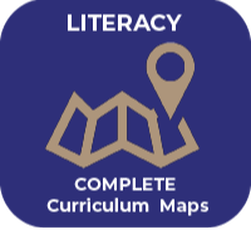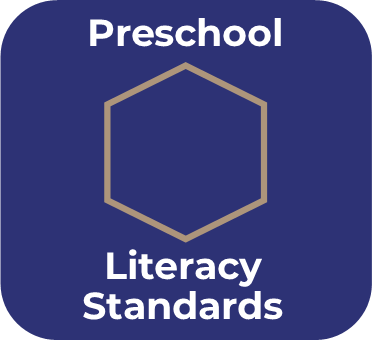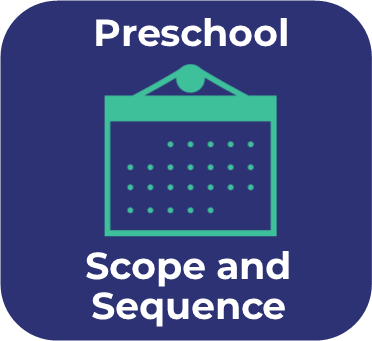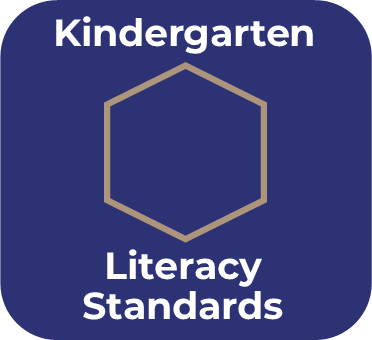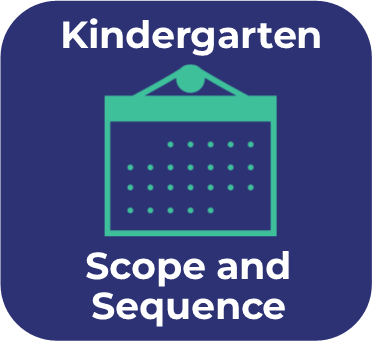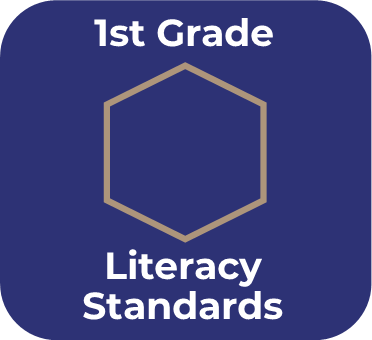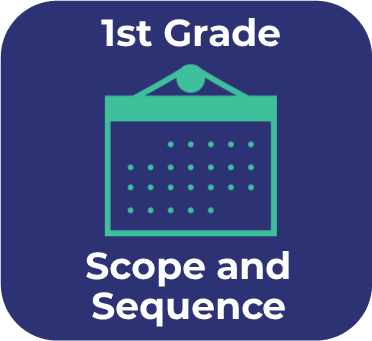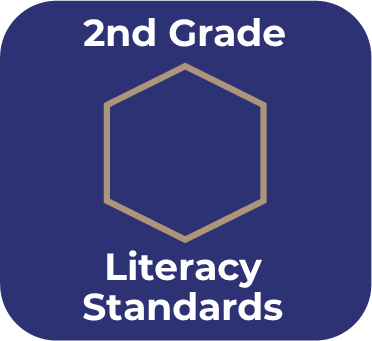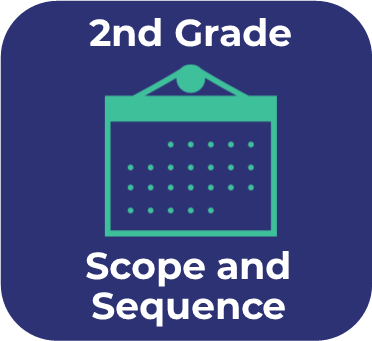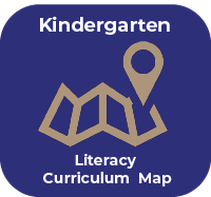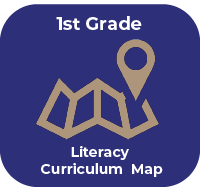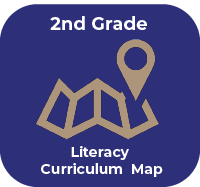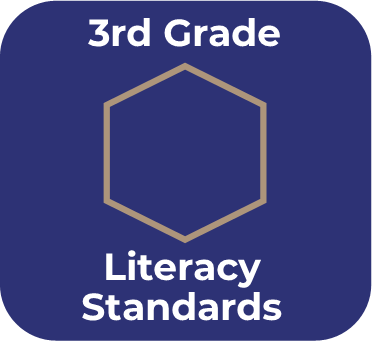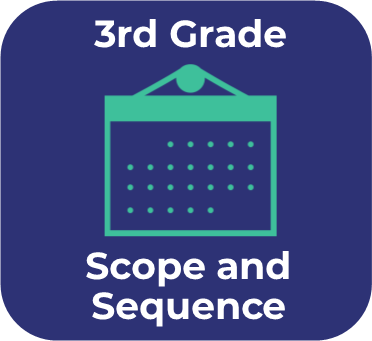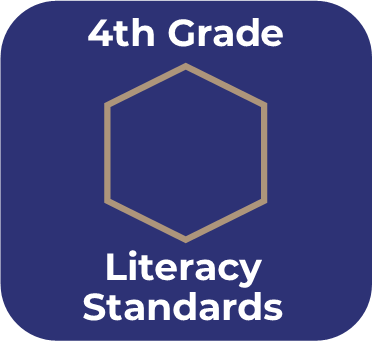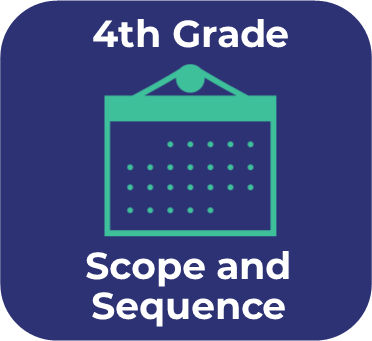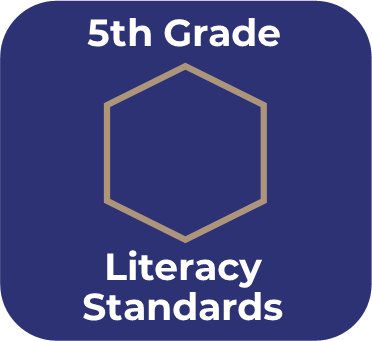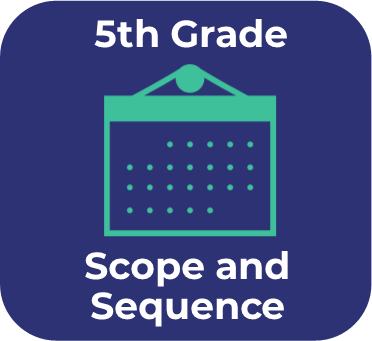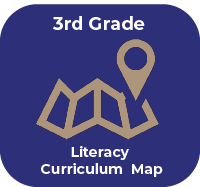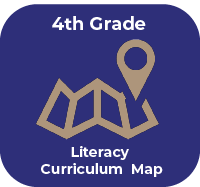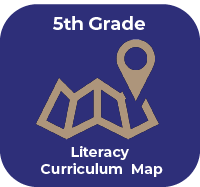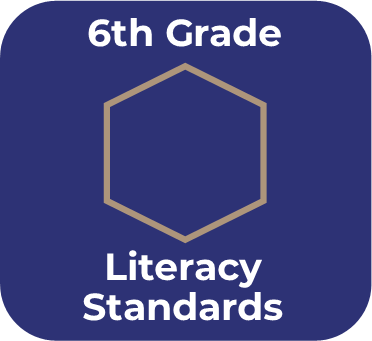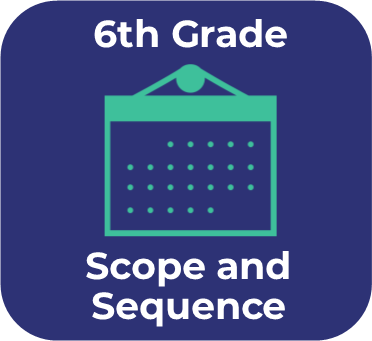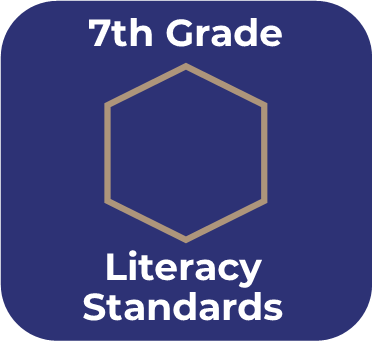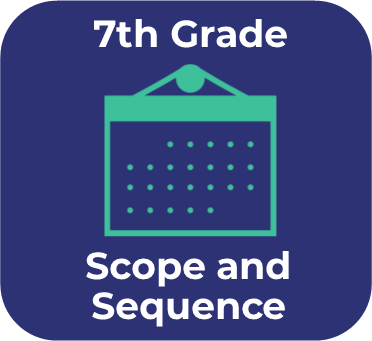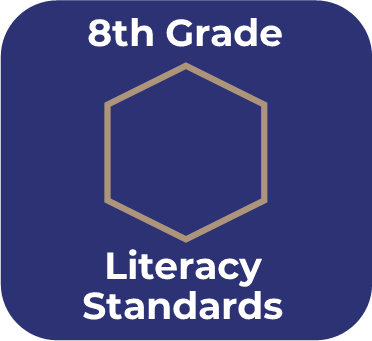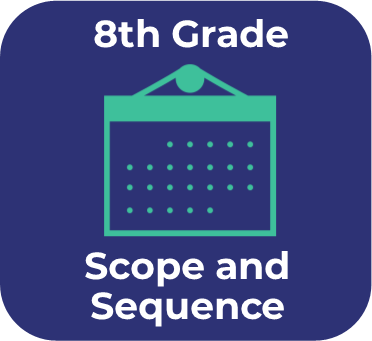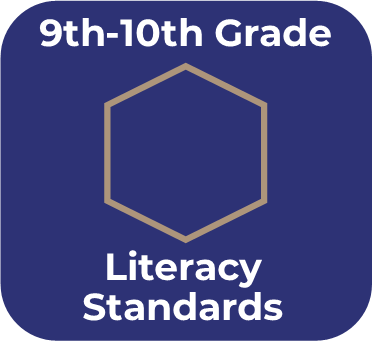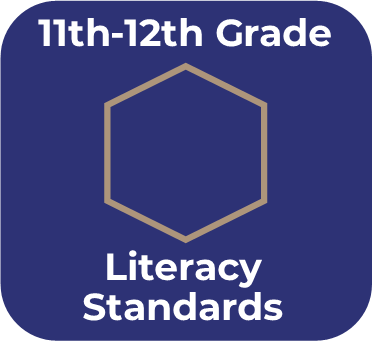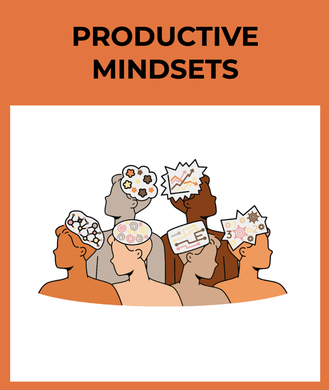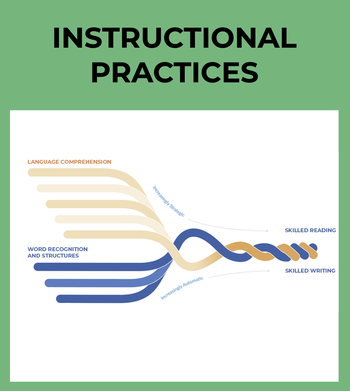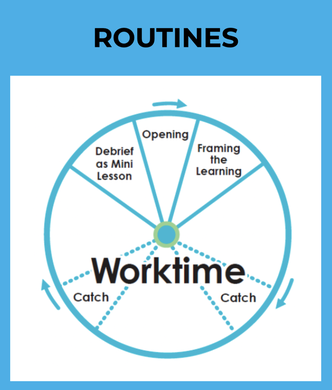Welcome to Literacy
Click the buttons below for quick access to content
Click the buttons below for quick access to content
|
DENISE HUBER
PI Partner of K-12 English Language Arts: Middle and High School Instructional Support Facility (ISF) 720.554.5017 [email protected] |
TAMMY FRENCH
PI Partner of READ Act K-12 Instructional Support Facility (ISF) 720-554-5079 [email protected] |
LOIS VAUGHAN
PI Partner of K-12 English Language Arts: Preschool and Elementary Instructional Support Facility (ISF) 720.554.5040 [email protected] |
Literacy – meaning the ability to construe a written, linguistic, alphabetic symbol system – is arguably the most important skill students acquire in preschool through twelfth-grade education because it makes all other forms of higher-order learning, critical thinking, and communication possible.
The study of reading, writing, and communicating is therefore essential to all other study in early childhood education, primary school, and secondary school. Such study comprises not only the fundamental knowledge and skills of language arts (reading, writing, speaking, and listening), but also the knowledge and skills of discourse (dialogue and discussion) and rhetoric (the ability to make arguments and to think critically about arguments made by others) and the knowledge and skills involved in responding to imaginative literature.
The study of reading, writing, and communicating is therefore essential to all other study in early childhood education, primary school, and secondary school. Such study comprises not only the fundamental knowledge and skills of language arts (reading, writing, speaking, and listening), but also the knowledge and skills of discourse (dialogue and discussion) and rhetoric (the ability to make arguments and to think critically about arguments made by others) and the knowledge and skills involved in responding to imaginative literature.
Click on an icon to open the Colorado state standards or that grade level's scope and sequence in a new window.
Curriculum maps for grades K-5 are also linked here.
For the full curriculum map document, refer to the "Additional Resources" section a the bottom of this page.
Curriculum maps for grades K-5 are also linked here.
For the full curriculum map document, refer to the "Additional Resources" section a the bottom of this page.
Pre K |
Kinder |
1st Grade |
2nd Grade |
3rd Grade |
4th Grade |
5th Grade
|
6th Grade |
7th Grade |
8th Grade |
9th & 10th Grade |
11th & 12th Grade |
The Instructional Framework for Literacy is used to design equitable Literacy experiences that ensure ALL Cherry Creek students access rigorous, culturally responsive grade level standards-based instruction EVERY day.
The "Effective Literacy Teaching Practices Continuum" is designed to frame what the development of each teaching practice looks like along a learning, growth, and development trajectory. Teachers and teams can reference this continuum to
self-assess current strengths and areas of growth.
The "Effective Literacy Teaching Practices Continuum" is designed to frame what the development of each teaching practice looks like along a learning, growth, and development trajectory. Teachers and teams can reference this continuum to
self-assess current strengths and areas of growth.
Three components comprise the instructional framework for literacy: K-12 Essential Practices and Literacy Practices.
(Click the Images below to be taken to specific sections of the Literacy Instructional Framework.)
(Click the Images below to be taken to specific sections of the Literacy Instructional Framework.)

